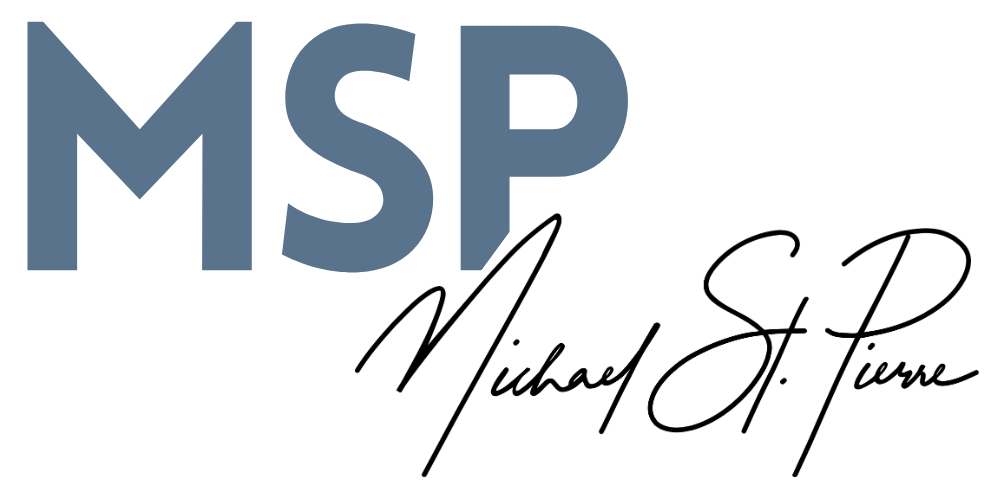I've worked in schools since 1998 and a lot has changed in that period of time. The late 90's was a time of introducing change in terms of laptops in the hands of students and the emergence of smartboards in classrooms.
Interestingly enough, almost 20 years later, not that much has changed:
- Lazy students still are lazy.
- High performing students are still high performing.
- Good teachers are still the most powerful learning factor in the life of a classroom.
- Supportive administrators are still a rare commodity.
Still, there are certain myths that parents and schools promote that I'd like to challenge. Here they are in no particular order:
1. Small class size is better. Actually, most students need some "class volume" in order to think, process information and practice a certain level of anonymity. A great teacher can teach 30 kids or 10. Class size isn't the answer.
2. Technology is a cure-all. My school uses iPads and for the most part, there's a value to that but don't be fooled by any school that touts its fancy-dancy 1:1 program as the elixir for all learning. Technology is wonderful IF it's used to enhance learning and transform teaching.
3. Great facilities equal great learning. Study some of the best schools around the world and you'll find fairly mediocre buildings. Imagine if we spent as much on teachers as we do on solar panels for our parking lots...
4. You've got to have STEM in order to be relevant. Science-Technology-Engineering-Math is all the rage right now. Some of this is for good reason: we test poorly in PISA and other global tests when it comes to the integration of curriculum and critical thinking. STEM attacks that on some levels. On the other hand, a great science teacher does STEM without even thinking about it as does a superior math teacher. I find the expansion of STEM to STEAM to be silly. We're running out of letters!
5. Flashy leaders are the best leaders. Those that I admire are effective because of their backbone, decision making skills and personal character. They aren't the best looking and don't drive the finest cars. Schools who are looking for their next leader are often seduced by the candidate who is flashy when they should be looking for the person who can get things done.
Which of the five myths have you seen other parents buy into? Which have you seen schools promote inauthentically?






